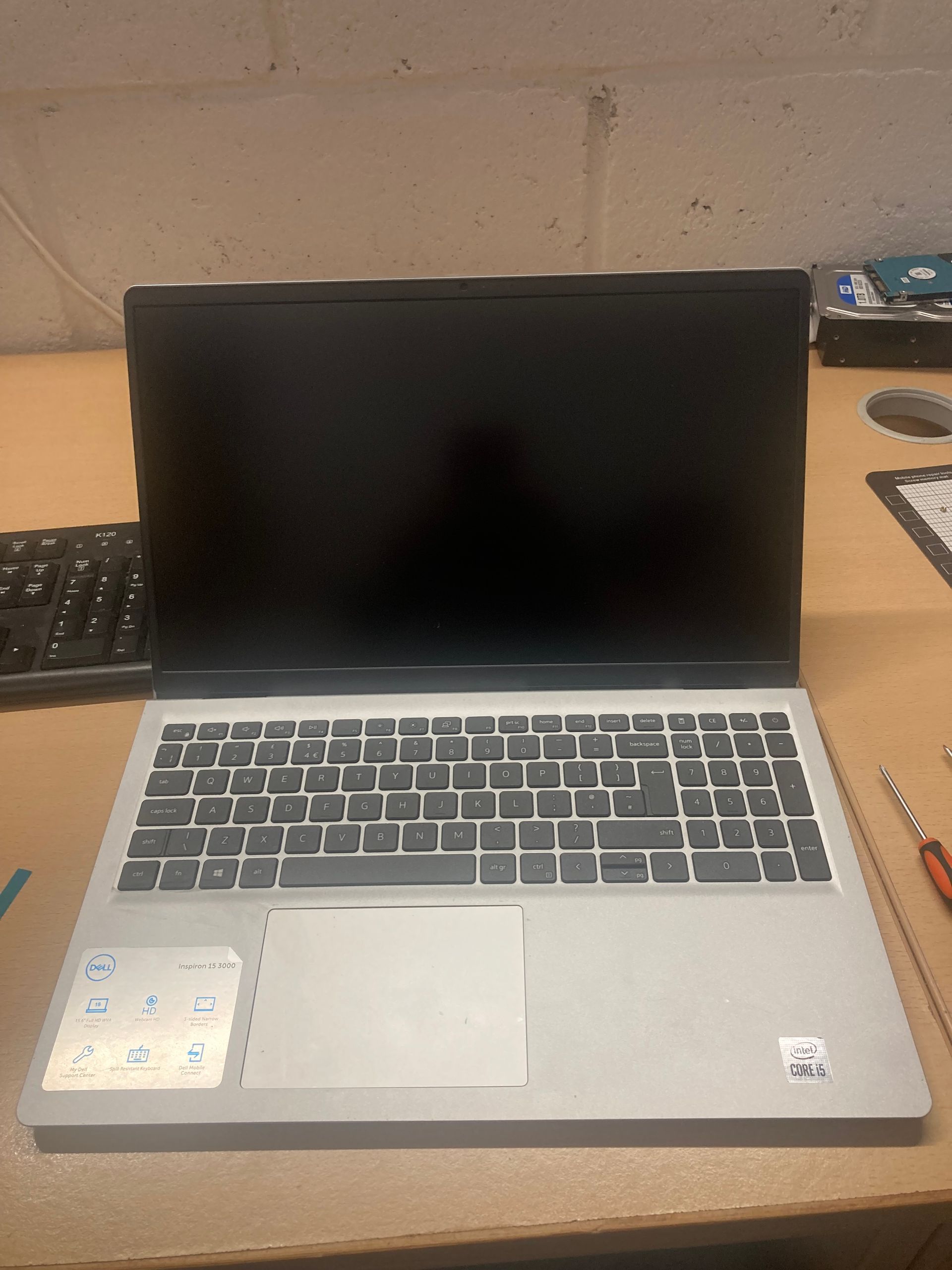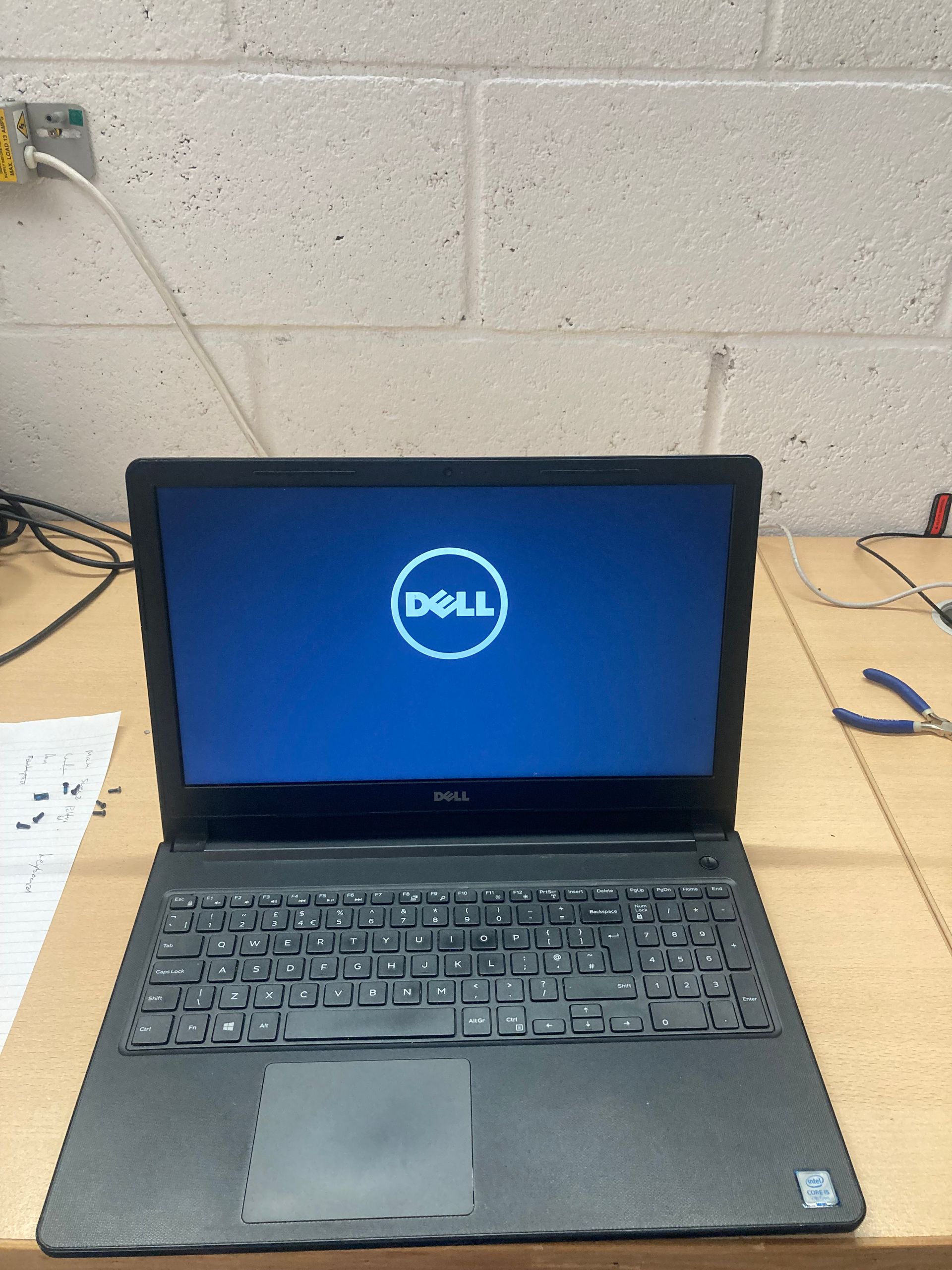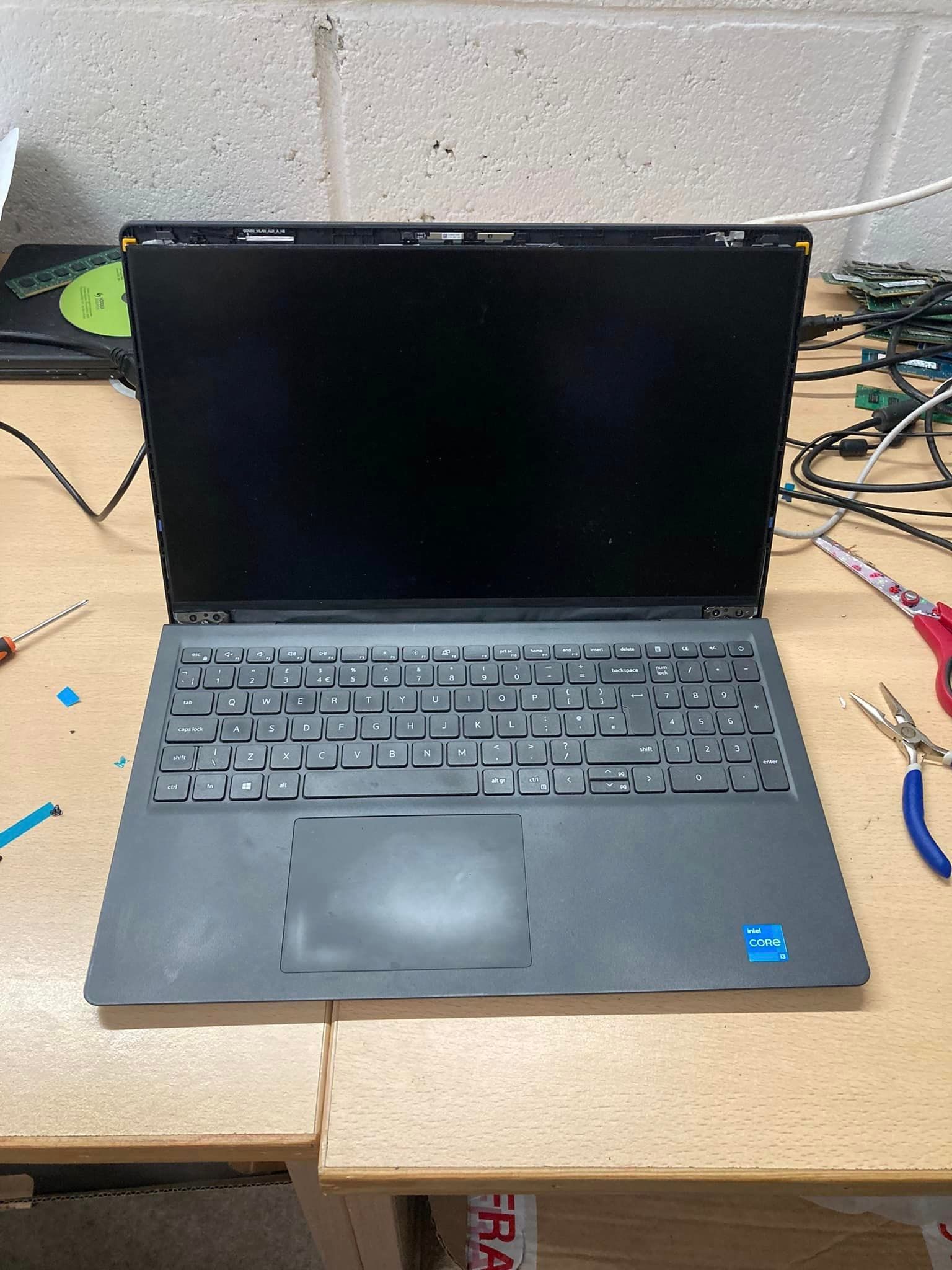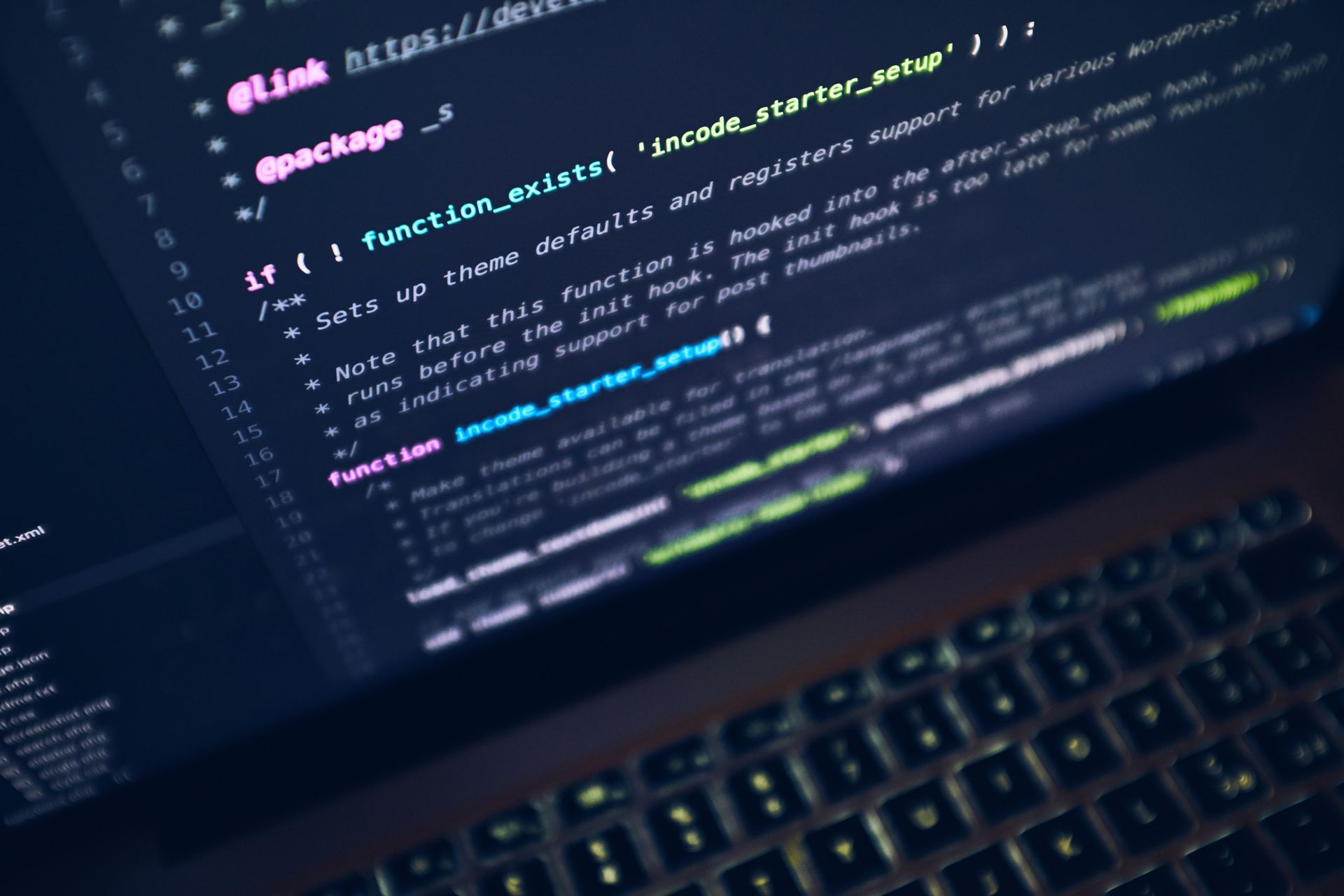Computer and Data Destruction News
Support and Repair News

Does your business or organisation use the "The Principle of Least Privilege? This is when users are only granted the privileges necessary to perform assigned work tasks and no more. Limiting and controlling privileges based on this concept protects confidentiality and data integrity. If users can modify only those data files that their work tasks require them to modify, it protects other files' integrity in the environment. This principle extends beyond just accessing data but also applies to system access. Organisations sometimes violate this principle by adding all users to the local administrators group or granting root access to a computer. This gives users full control over the computer. However regular users rarely need this much access. When they have this much access , they can accidentally ( or not intentionally damage the system, such as accessing or deleting valuable data. Additionally if a user has full administrative privileges and inadvertently installs malware, the malware can assume full administrative privileges of the user's account. In contrast if that user only has regular user account privileges the malware can only assume this accounts limited privilege's. So how serious do you take the data and access privileges on your systems and networks? Do you use this principle or just give users full access for an easy time?

Nearly every single person in the UK uses a smartphone, laptop or computer every single day of their lives. We rely on them for entertainment, work and connecting with people. The rapid pace of technological innovation has created a generation of people who are constantly looking for the next best thing, the newest, fastest device. Alongside this drive to have the latest product we have created, we have also developed a throwaway culture. This has formed a need to replace electronics as soon as a newer model has launched. Throughout this blog, we will explore the benefits of maintaining and repairing your electronic devices and why this is a much better and much more sustainable option than to keep buying new. The most well understood positive to maintaining your current devices is that it is much more cost-effective than buying new ones. New devices are expensive and if you are constantly upgrading them the cost can quickly add up. However, repairing a broken device or upgrading its components can be significantly cheaper than buying new. A common example of repairs that can be carried out quickly is replacing a cracked laptop or computer screen. We can also replace a failing hard disk with a new one and rebuild your current machine with a new operating system and copy your existing data to it as long as your previous hard disk hasn’t completely failed. We can also make cosmetic repairs to your devices including keyboard replacements. Maintaining your devices and choosing to repair instead of buying new can be better for the environment. Electronic waste is a major environmental problem with tonnes of waste ending up in landfill each year. These devices contain hazardous materials that can pollute the environment and can even cause harm to human health. By repairing our electronics we can reduce the amount of electronic waste and its environmental impact. Electronic waste massively contributes to climate change due to the chemicals that are released into the environment when they are burned. By extending the lifespan of our devices, we can start to reduce the need for new devices which will inevitably start to reduce the emissions released during the production and shipping process. Learning to maintain your own devices and do simple fixes yourself can be so fulfilling and empowering. Developing the skills to repair your own devices will save you money and will also help in reducing waste. It will also make you more self-sufficient and by sharing these skills with friends and family you can encourage them to think twice about buying new. Aside from the advantages stated earlier, taking care of our devices can also safeguard our data and cherished memories. Nowadays, many of us store crucial files, photos, and videos on our electronic gadgets. Losing them due to a device malfunction can be heart-wrenching. However, by performing regular maintenance on our devices and resolving any problems, we can guarantee the safety of our data and memories. To sum up, opting to maintain and repair our electronic devices instead of frequently buying new ones is a wise choice. It saves money, helps to protect the environment, and enables us to acquire new skills and knowledge. Repairing our devices reduces electronic waste, decreases our carbon footprint, and safeguards our valuable data and memories. Therefore, the next time your device requires an upgrade or breaks down, think about repairing it instead of purchasing a new one. Doing so will not only benefit you but also benefit the environment and the community as a whole.
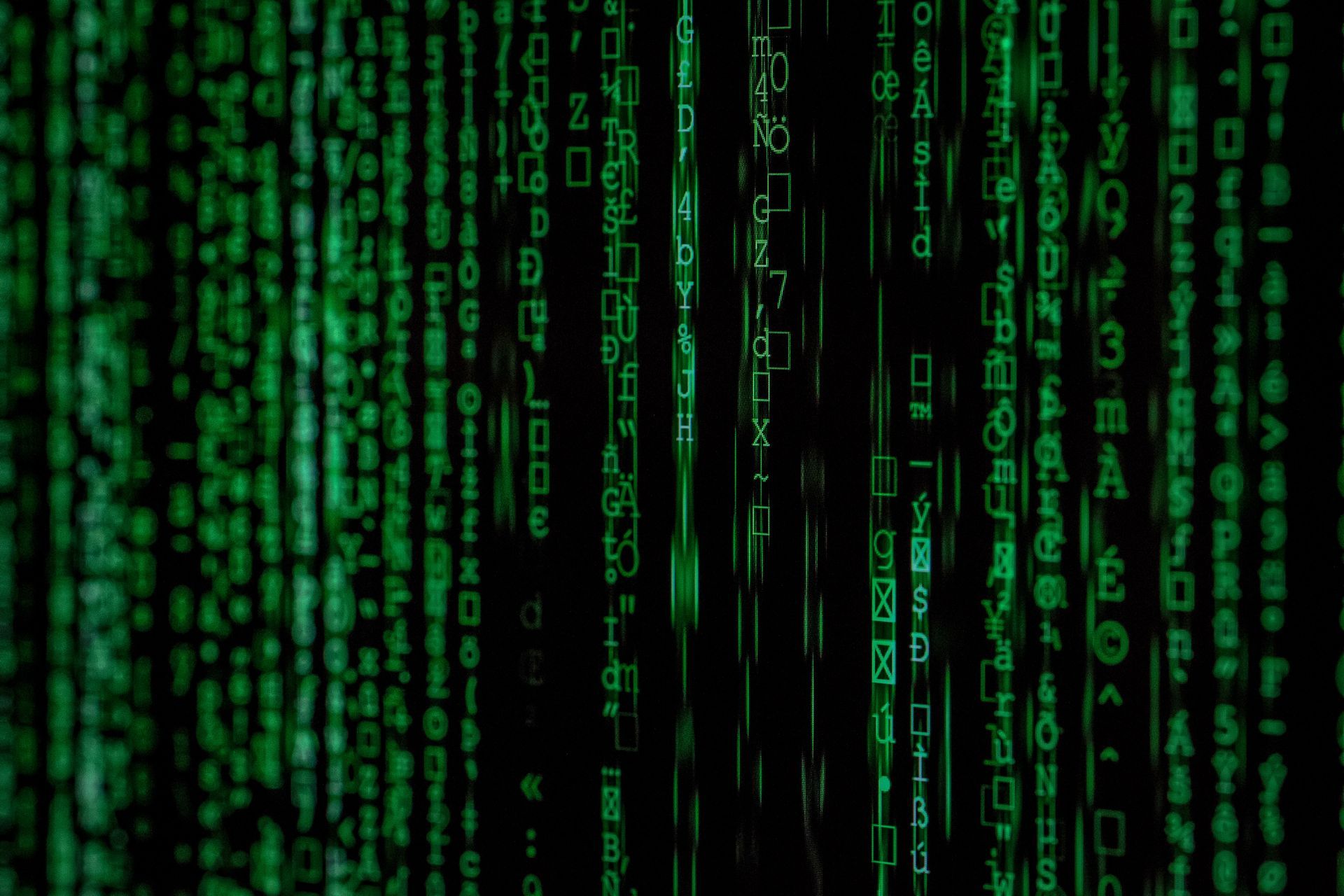
Data destruction is the process of securely erasing or destroying data to prevent it from being accessed by unauthorised individuals. This is an important consideration for individuals and organisations alike, as sensitive information can be vulnerable to theft, hacking, or other forms of unauthorised access. There are a number of reasons why data might need to be destroyed. Firstly, the data is no longer needed. When data is no longer required, it's important to destroy it to free up storage space and reduce the risk of it being accessed by unauthorised individuals. Secondly, the data is outdated. Outdated data can be a security risk, as it may contain vulnerabilities that can be exploited by hackers. Thirdly, compliance requirements may dictate that sensitive data is securely disposed of. Many industries are subject to data protection regulations, such as GDPR, that require them to securely dispose of sensitive data. Finally, when hardware such as computers, hard drives, and servers reach the end of their useful life, it's important to destroy any data stored on them before disposing of them. Physical destruction is one method of data destruction. It involves destroying the media on which the data is stored. This can include shredding hard drives or other storage media, or physically destroying devices such as mobile phones or tablets. This is often the most secure method of data destruction, as it ensures that the data cannot be recovered. Degaussing is another method of data destruction. It involves using a strong magnetic field to erase the data stored on a magnetic storage medium such as a hard drive. This is an effective method of data destruction, but it can be expensive and requires specialist equipment. Overwriting is a third method of data destruction. It involves writing new data over the existing data on a storage medium. This can be done multiple times to ensure that the original data is unrecoverable. However, it's important to note that not all overwriting methods are equally effective, and it can be difficult to verify that data has been completely overwritten. Encryption is a fourth method of data destruction. It involves encoding the data so that it can only be accessed with a key. When the data is no longer needed, the encryption key can be destroyed, rendering the data unreadable. However, it's important to note that this method is only effective if the encryption is strong and the key is securely destroyed. In the UK, data destruction is subject to a number of regulations, including the GDPR. This means that organisations must ensure that they have appropriate processes and procedures in place for securely destroying sensitive data. This can include working with a specialist data destruction company to ensure that data is securely destroyed using one of the methods outlined above. By complying with these regulations, organisations can protect their customers' privacy and reduce the risk of data breaches.

In the UK, PAT (Portable Appliance Testing) is a process of checking electrical appliances to ensure that they are safe to use. This process is vital for all businesses and organisations that use electrical equipment. PAT involves a series of checks, such as visual inspection, earth continuity testing, and insulation resistance testing. It is a legal requirement for businesses to have their electrical appliances tested to comply with health and safety regulations. Why do we need PAT? Electricity is an essential part of our daily lives, and we rely on it to power our appliances and devices. However, electricity can also be dangerous, and faulty electrical equipment can cause electrical shocks, fires, and other accidents. The purpose of PAT is to identify any faults or defects in electrical appliances that could potentially harm people or damage property. By carrying out regular PAT testing, businesses can ensure that their employees, customers, and visitors are safe from harm. It also helps to prevent downtime caused by equipment failure, which can be costly for businesses in terms of lost productivity and revenue. Who needs to do PAT? All businesses and organisations that use electrical equipment are required by law to ensure that their appliances are safe to use. This includes offices, shops, factories, hotels, schools, hospitals, and other public buildings. Landlords are also required to have their electrical appliances tested in rented properties. The responsibility for PAT testing lies with the employer or the landlord. However, they may choose to outsource the testing to a qualified electrician or an external contractor. The importance of PAT PAT testing is an essential part of health and safety regulations in the UK. It helps to ensure that electrical appliances are safe to use and prevent accidents caused by faulty equipment. PAT testing can also save businesses money in the long run by identifying potential faults and preventing equipment failure. Failing to carry out PAT testing can result in legal and financial consequences. In the event of an accident caused by faulty electrical equipment, businesses can be held liable for damages and may face prosecution. By ensuring that their electrical appliances are tested regularly, businesses can avoid these risks and ensure the safety of their employees and customers. In conclusion, PAT testing is a legal requirement for all businesses and organisations that use electrical appliances. It is an essential part of health and safety regulations in the UK and helps to prevent accidents caused by faulty equipment. By carrying out regular PAT testing, businesses can ensure the safety of their employees, customers, and visitors and avoid legal and financial consequences.

Old technology, or e-waste, is a growing problem in the UK and around the world. With the rapid pace of technological advancements, more and more electronic devices are being discarded every day, leading to a significant environmental impact. Recycling old technology is essential for preventing these items from ending up in landfills and causing harm to the environment. In this blog post, we will explore how old technology is recycled in the UK, including the methods used and the regulations in place to ensure safe and responsible disposal. Refurbishment and reuse: One of the primary ways old technology is recycled in the UK is through refurbishment and reuse. This involves repairing and upgrading electronic devices to make them function like new again. Refurbished items are sold to second-hand retailers, charities, or directly to consumers. Refurbishment and reuse not only prevent e-waste from ending up in landfills but also provide an affordable option for those who cannot afford to purchase new devices. Material recovery: Another way old technology is recycled in the UK is through material recovery. Many electronic devices contain valuable materials such as gold, silver, copper, and rare earth metals. These materials can be recovered by dismantling the devices and extracting the metals. The recovered materials are then sold to manufacturers who use them to make new products. Material recovery not only reduces the need for virgin materials but also helps conserve natural resources. Incineration: In cases where e-waste items cannot be recycled or refurbished, they may be incinerated to generate energy. This process is known as waste-to-energy, and it involves burning the waste at high temperatures to produce steam, which can then be used to generate electricity. Incineration helps reduce the volume of waste going to landfills and also provides a source of renewable energy. Regulations: The UK government has put in place regulations and guidelines to ensure that old technology is recycled in an environmentally friendly and socially responsible manner. The Waste Electrical and Electronic Equipment (WEEE) Regulations require manufacturers and retailers to take responsibility for the safe disposal of their products at the end of their life cycle. This means that they must either arrange for the collection and recycling of the products or provide customers with information on how to dispose of them safely. The regulations also set out specific requirements for the treatment of hazardous materials and the recovery of valuable materials. Certified recycling facilities: To ensure that old technology is recycled in an environmentally friendly and socially responsible manner, the UK has a network of specialist e-waste recycling facilities that are certified to recycle electronic waste. These facilities use advanced technologies to ensure that hazardous materials are safely disposed of, and valuable materials are recovered. They also follow strict regulations and guidelines to ensure that the recycling process is safe and environmentally responsible. In conclusion, old technology, or e-waste, is a growing problem in the UK and worldwide. However, there are effective ways to recycle electronic waste to prevent harm to the environment. Refurbishment and reuse, material recovery, and waste-to-energy incineration are all methods used in the UK to recycle e-waste. Additionally, the government has put in place regulations and guidelines to ensure that electronic waste is recycled in a safe and responsible manner. The use of certified e-waste recycling facilities also ensures that hazardous materials are properly disposed of, and valuable materials are recovered. By recycling old technology, we can reduce the environmental impact of electronic waste and promote sustainability.


